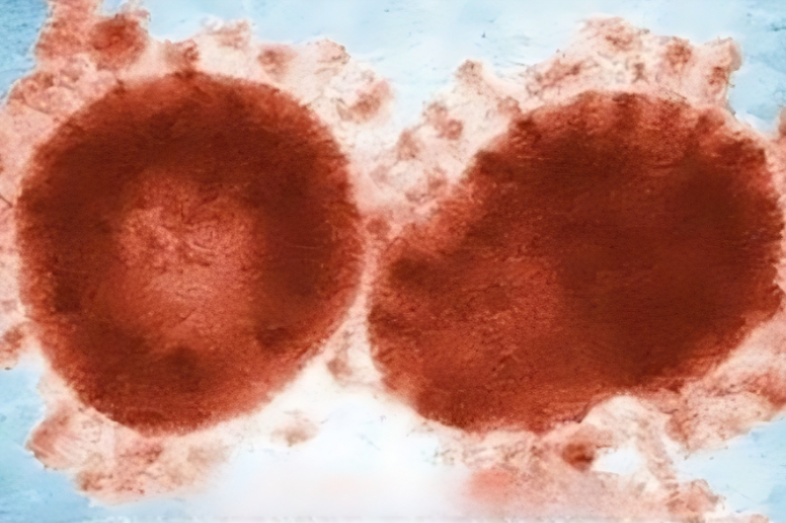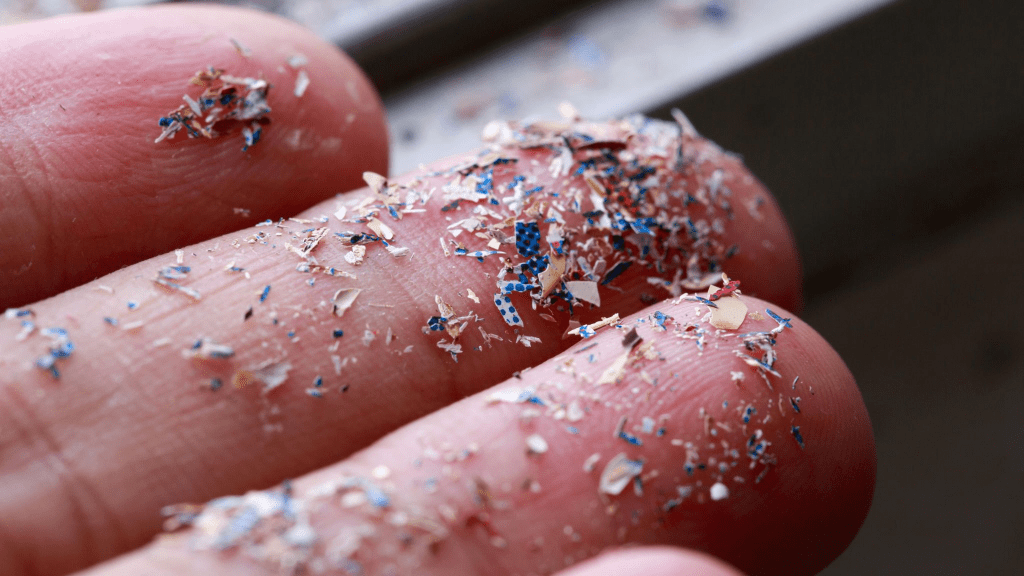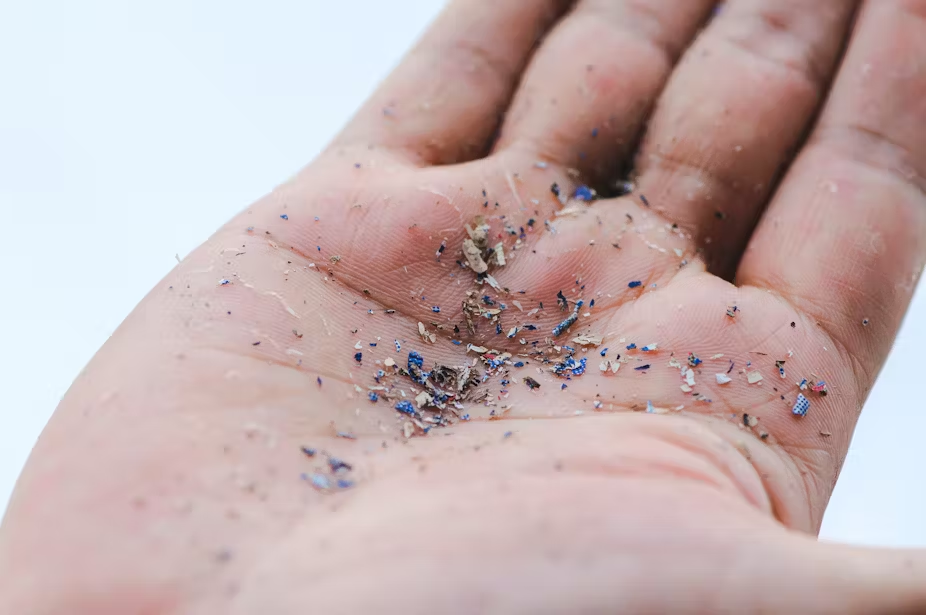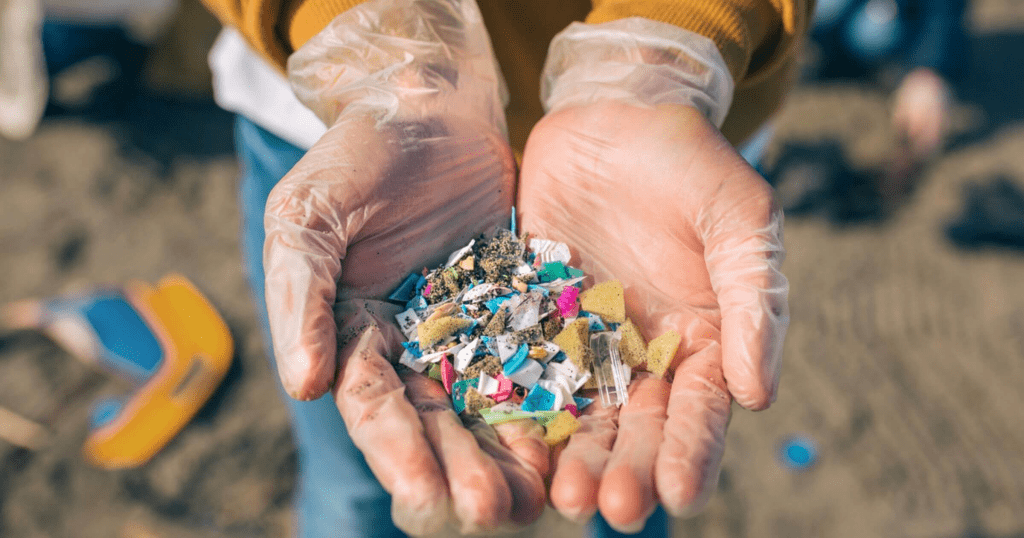A recent scientific breakthrough has sent shockwaves through the research community: scientists have discovered plastic particles in human blood. This unprecedented finding raises significant concerns about the potential impact of these particles on our health. With plastic pollution reaching every corner of the planet, from remote mountaintops to the depths of the ocean, it now appears that this pervasive material is infiltrating our own bodies. Here’s what you need to know about this alarming discovery and what it could mean for our long-term health.
Plastic Particles in Blood: A Troubling Discovery

In a recent study, scientists analyzed blood samples from 22 healthy participants and found plastic particles in nearly 80% of them. This study, led by Professor Dick Vethaak, an ecotoxicologist at Vrije Universiteit Amsterdam, is the first of its kind to reveal the presence of plastic in human blood. The findings indicate that these particles can circulate through the bloodstream and potentially lodge in various organs, raising serious questions about their impact on human health.
The plastics identified in the samples include:
- PET (polyethylene terephthalate): Found in drink bottles, this type of plastic was present in half of the samples.
- Polystyrene: Commonly used in food packaging, this material appeared in one-third of the samples.
- Polyethylene: A major component in plastic bags, this plastic was detected in about a quarter of the samples.
These findings have led scientists to speculate on the extent of plastic accumulation in our bodies and the potential long-term health effects.
How Did Plastic End Up in Our Blood?
Plastics have become an inescapable part of modern life. From packaging materials to clothing fibers, the world produces around 300 million tons of plastic each year. As these plastics break down, they form tiny particles known as microplastics and even smaller nanoplastics, which can enter the human body in multiple ways.
- Ingested Through Food and Water: Plastic particles are present in much of the food we consume, particularly in seafood, as plastic pollution in oceans is ingested by marine animals. Additionally, studies have found microplastics in bottled and tap water.
- Inhaled from the Air: Microplastics have been detected in the air we breathe, especially in urban environments where air pollution is higher. These particles can come from synthetic clothing fibers, car tires, and industrial pollution.
- Absorbed Through the Skin: Though less common, certain studies suggest that nanoplastics could potentially penetrate the skin, particularly in individuals exposed to high levels of plastic dust, such as workers in recycling plants.
The discovery of plastic in human blood highlights how deeply this material has infiltrated our daily lives and the environment. As plastics continue to degrade, they’re becoming part of our food chain, our air, and now, our bodies.
Health Risks of Plastic in the Bloodstream

While the long-term health effects of plastic particles in our bloodstream are not yet fully understood, researchers are increasingly concerned about the potential risks. Initial laboratory studies have shown that microplastics can cause damage to human cells, and their presence in the bloodstream raises new questions about what happens when these particles accumulate over time.
Some potential health risks associated with plastics in the bloodstream include:
- Inflammation and Immune Response: The body may perceive plastic particles as foreign invaders, triggering an immune response. This inflammation can damage tissues over time and potentially contribute to chronic health issues.
- Hormonal Disruptions: Many plastics contain additives like phthalates and bisphenol A (BPA), which are known endocrine disruptors. These chemicals can interfere with hormone levels, which may contribute to developmental issues, fertility problems, and an increased risk of certain cancers.
- Cellular Damage: Laboratory tests have shown that microplastics can cause cell death and damage DNA. Over time, this cellular damage may increase the risk of diseases, including cancer.
The Urgent Need for Further Research

Professor Vethaak, who led the study, emphasized the need for more research to understand how plastic particles interact with the human body. He points out that while this study marks a major breakthrough, it also raises many unanswered questions:
- Do Plastic Particles Accumulate in Organs? The bloodstream is a transport system, so it’s possible that these particles may lodge in organs like the liver, kidneys, or even the brain. Determining where these plastics end up is essential to understanding their health impacts.
- Can Microplastics Cross the Blood-Brain Barrier? The blood-brain barrier is a protective shield that prevents harmful substances from reaching the brain. However, studies suggest that nanoparticles, including nanoplastics, could potentially cross this barrier, leading to unknown consequences for brain health.
- What are the Long-Term Health Effects? As of now, it’s unclear whether the plastic levels found in human blood are high enough to trigger disease. However, given the exponential increase in plastic production, further studies are crucial to assess the potential cumulative health impacts.
Plastic Pollution: A Global Crisis
The discovery of plastic in human blood is the latest chapter in the ongoing story of plastic pollution. Over the years, plastic waste has been found everywhere, from the summit of Mount Everest to the deepest trenches of the ocean. Scientists have already found microplastics in human feces, indicating that our bodies are routinely exposed to these particles. Alarmingly, studies have shown that babies, particularly those fed from plastic bottles, ingest millions of plastic particles daily, highlighting the vulnerability of young children to plastic exposure.
With plastic pollution continuing to rise, it’s essential that individuals, governments, and industries work together to address this environmental crisis. Reducing plastic use, improving recycling systems, and supporting research into biodegradable alternatives are critical steps in mitigating the impact of plastic on our planet—and our health.
What Can We Do to Reduce Plastic Exposure?

While it may be impossible to eliminate plastic exposure entirely, there are steps individuals can take to minimize their contact with these particles:
- Avoid Single-Use Plastics: Opt for reusable bottles, bags, and containers to reduce plastic waste. This simple change can make a significant difference in your plastic footprint.
- Choose Fresh, Unpackaged Foods: Processed and packaged foods are more likely to contain plastic particles. Whenever possible, choose fresh produce and foods that are minimally packaged.
- Filter Your Water: Many water filters can reduce the presence of microplastics. Check the specifications of your filter to ensure it’s capable of trapping small particles.
- Support Policy Changes: Advocate for stricter regulations on plastic production and pollution. Supporting policies that promote sustainability can help reduce plastic waste and its impact on our environment.
Conclusion: The Urgency of Addressing Plastic in Our Blood
The discovery of plastic particles in human blood is a stark reminder of the far-reaching consequences of plastic pollution. As these particles continue to infiltrate our bodies, the need for action becomes more urgent. While more research is needed to fully understand the health impacts of plastic in the bloodstream, the initial findings are concerning. Reducing our reliance on plastic, supporting sustainable practices, and funding further research are essential steps in safeguarding our health and the health of future generations. The problem of plastic pollution may seem overwhelming, but through collective action, we can work toward a cleaner, healthier world.


